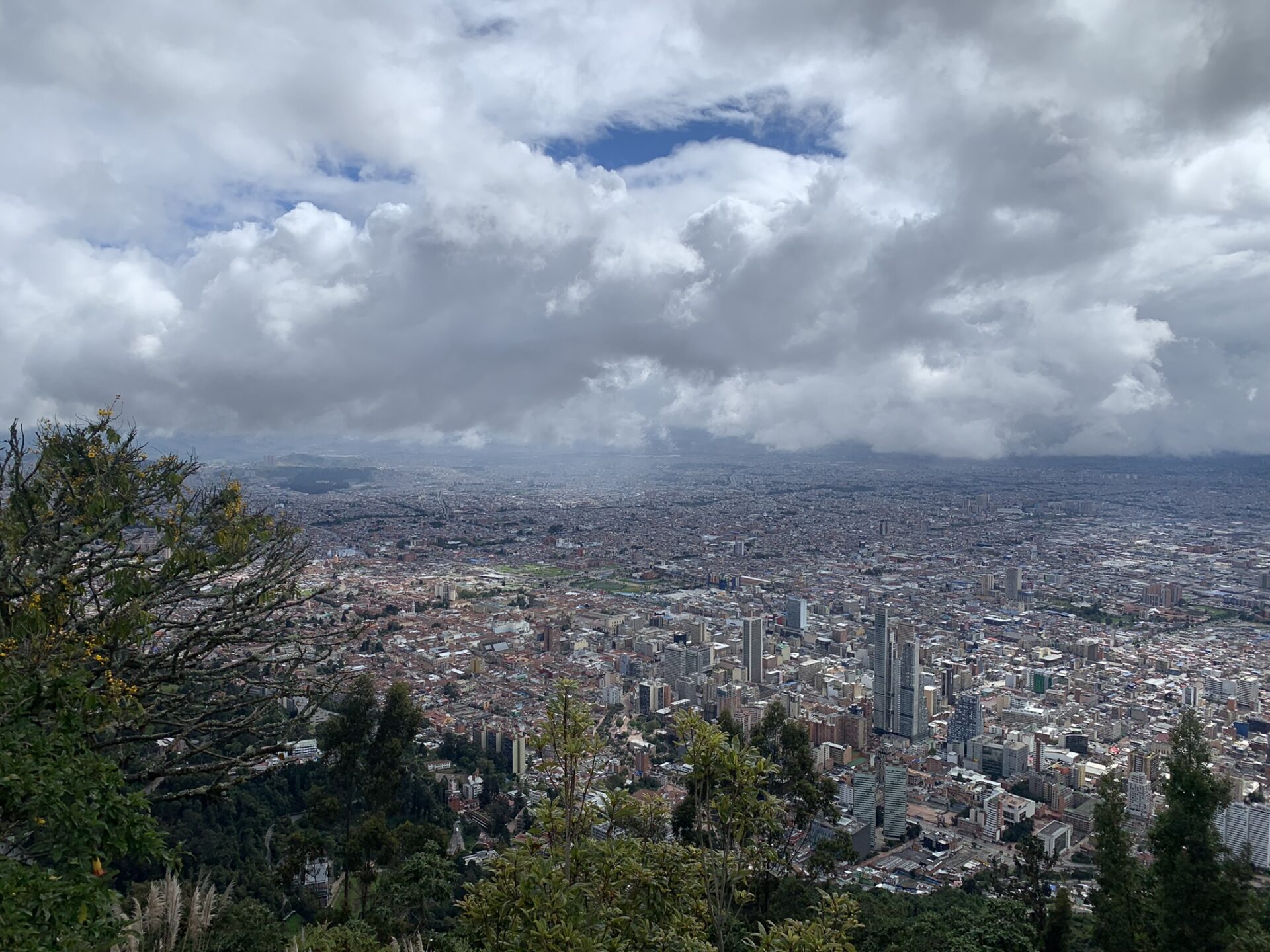
By Sam Shirley-Beavan, GCDC Doctoral Candidate, School of Social Policy, Sociology and Kent Law School
I arrived in Bogotá, Colombia, with two primary local contacts. The plan: to work out from these two to build a network of informants for an ethnographic investigation. The network would include people who use smokeable cocaine, as well as people providing or advocating for services for them.
The aim of the project is to investigate what drug and drug policy-related harms people experience, and what strategies might be available to mitigate them. The nature of the research – with a population and a sector that is stigmatised and criminalised – means that I have put emphasis on personal and in person introductions to new participants. It is an approach that is slower, and relies on finding gaps in busy schedules, but also one that starts off these relationships with trust and confidence.
The project specifically relates to a form of smokeable cocaine known in Colombia as ‘basuco’. Though basuco is used by people of all social backgrounds, heavier use is concentrated among the socially vulnerable. Stigma, criminalisation and social vulnerability has historically meant that people living on the streets who use basuco have congregated in what Colombians call ‘ollas’ – densely populated sites of improvised shelters, drug use and dealing, and often other criminal endeavours.
Over the past three decades, the fate of these ollas – simultaneously centres of a stigmatised community and sites of criminal activities – has been strongly determined by the prevailing political forces in Bogotá’s mayoralty. Conservative administrations have sought to ‘clear’ the ollas by force with the police and the military. In some cases, this has meant the residents have been dispersed only to later congregate on a new site, a new olla. However, after the latest major operation – the clearance of the olla known as El Bronx in 2016 – no new focal point of the community emerged.
The absence of a physical centre of the basuco-using community presents a challenge to my ethnographic project. There is no single place where I can ‘hang out’ (ethnographically speaking) to engage the research population, who are now dispersed around the city – a city of eight million people across 1,500km2. Even when narrowing my focus to the two barrios with the greatest number of homeless basuco users – Santa Fe and Los Mártires – I have been pushed towards a definition of the ethnos under investigation not delimited by geography or a single bricks-and-mortar research site.
This situation has made necessary, rather than just preferable, my strategy of deliberately and gradually building out from a network of two: through them, I’ve been introduced to service providers throughout the two barrios, who in turn have been (or will be) able to introduce me to people accessing their services.
A final complicating – or sophisticating – factor for my project has been the presidential elections, held in May and June. Many of the advocates and service providers I seek to engage have been heavily involved in advocacy and campaigning, making tight schedules tighter.
The elections also serve as a reminder of the churn of political fortunes, and the profound impact a change in government can have on how and where people live. The world of social policy is not one of incremental and unrelenting progress, but one that is constantly shifting. In the case of Colombia, the recent election of Gustavo Petro – a former mayor of Bogotá and sometime ally to the harm reduction movement in the city – presents an opportunity. However, memory of what happened in El Bronx when he was replaced as mayor by a more conservative candidate in 2016 are fresh, and that memory implores the drug policy sector not to be complacent.
Sam Shirley-Beavan